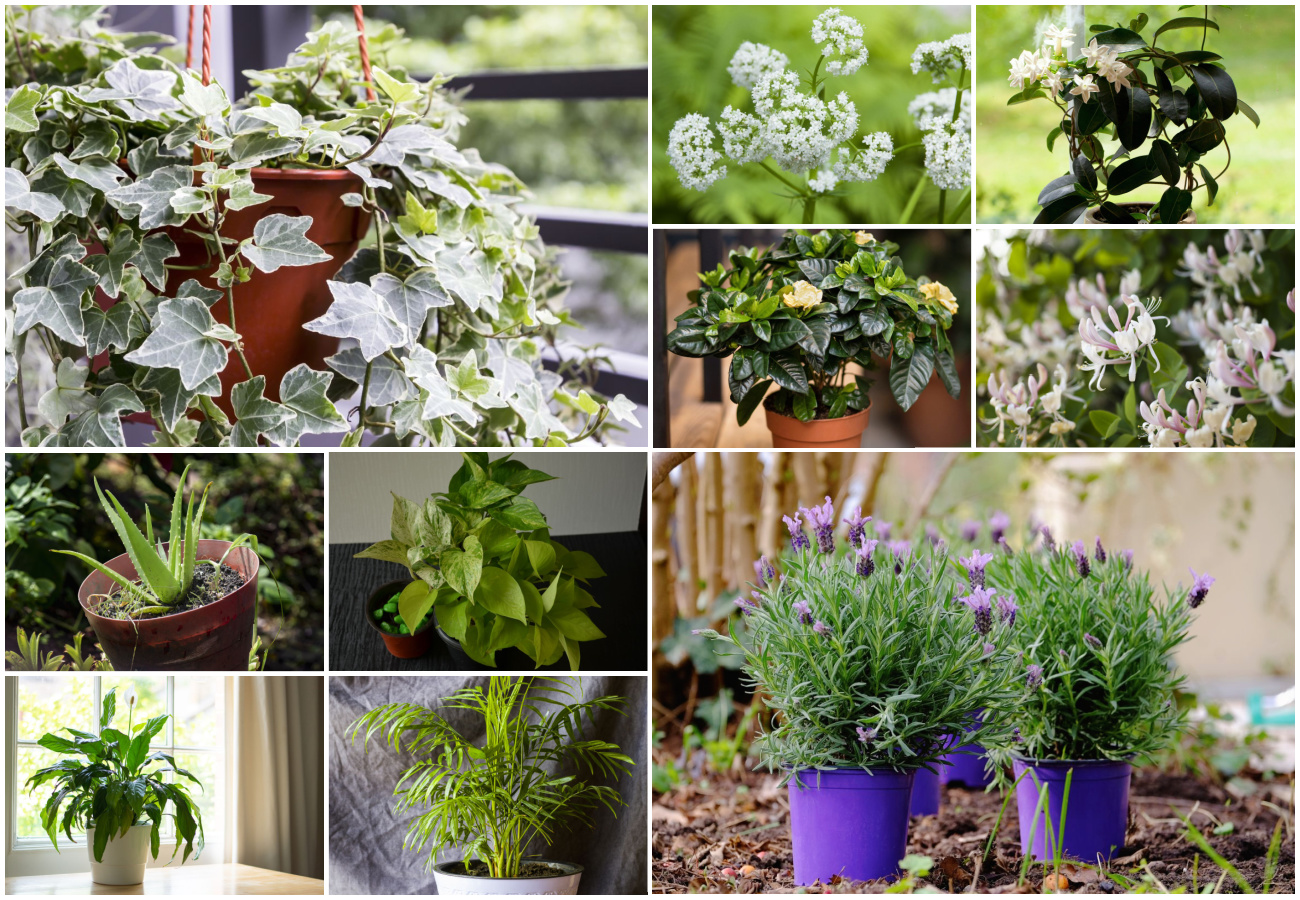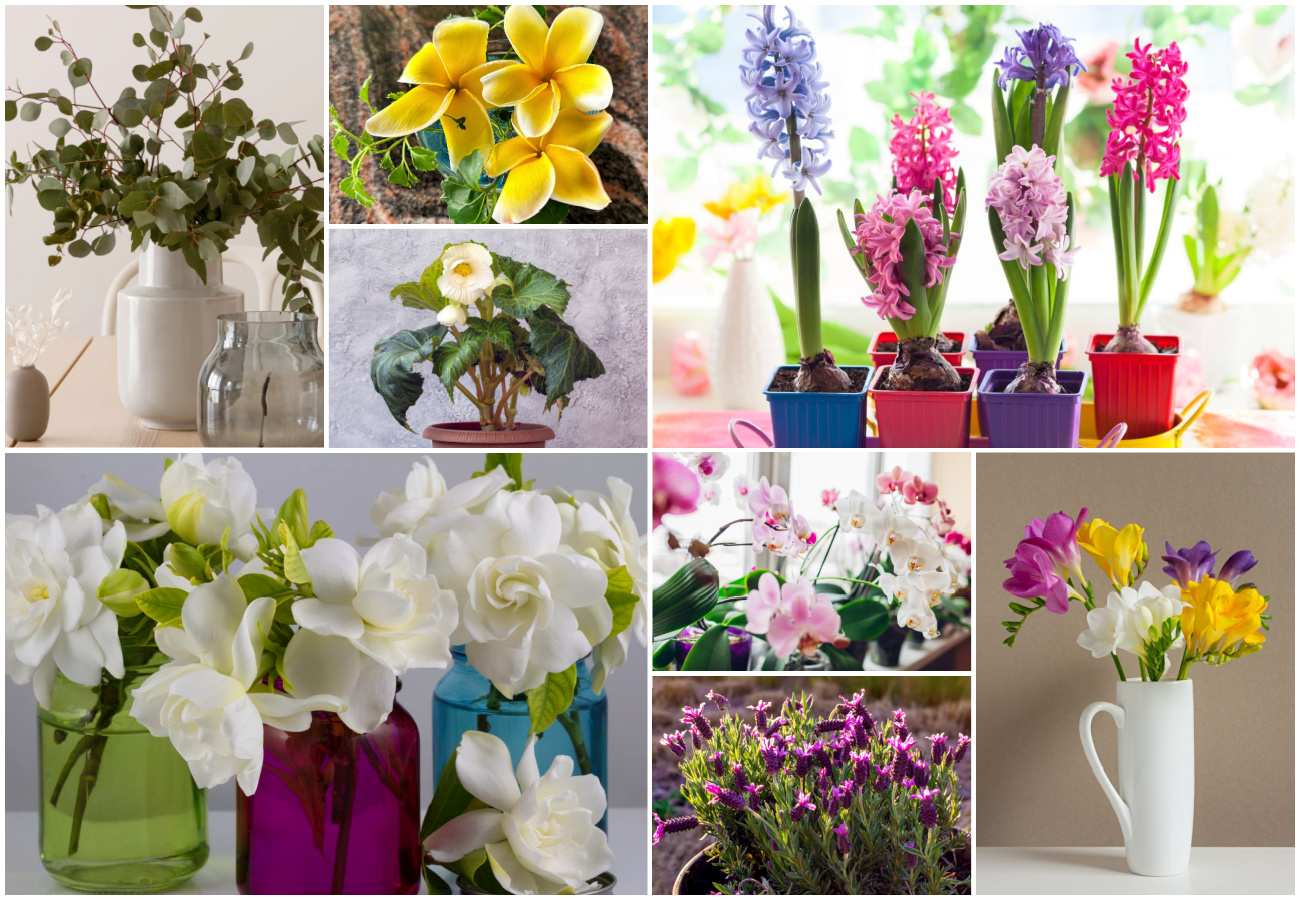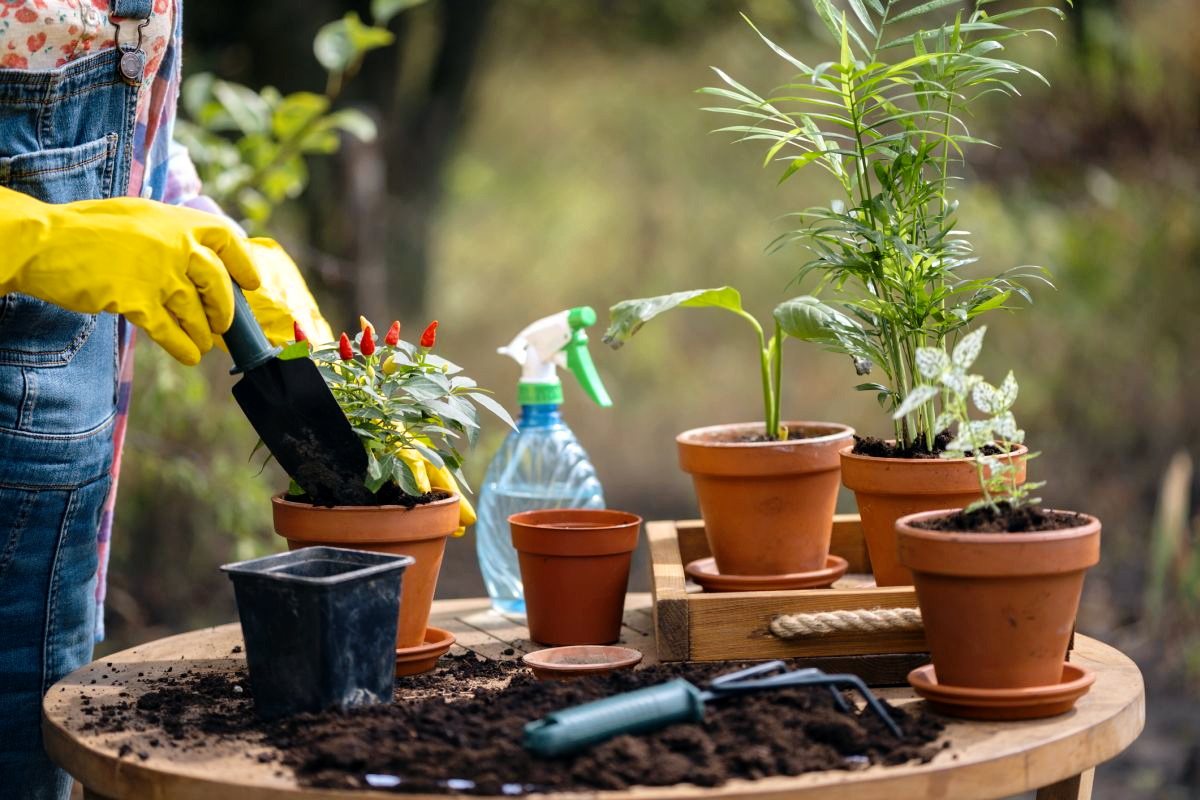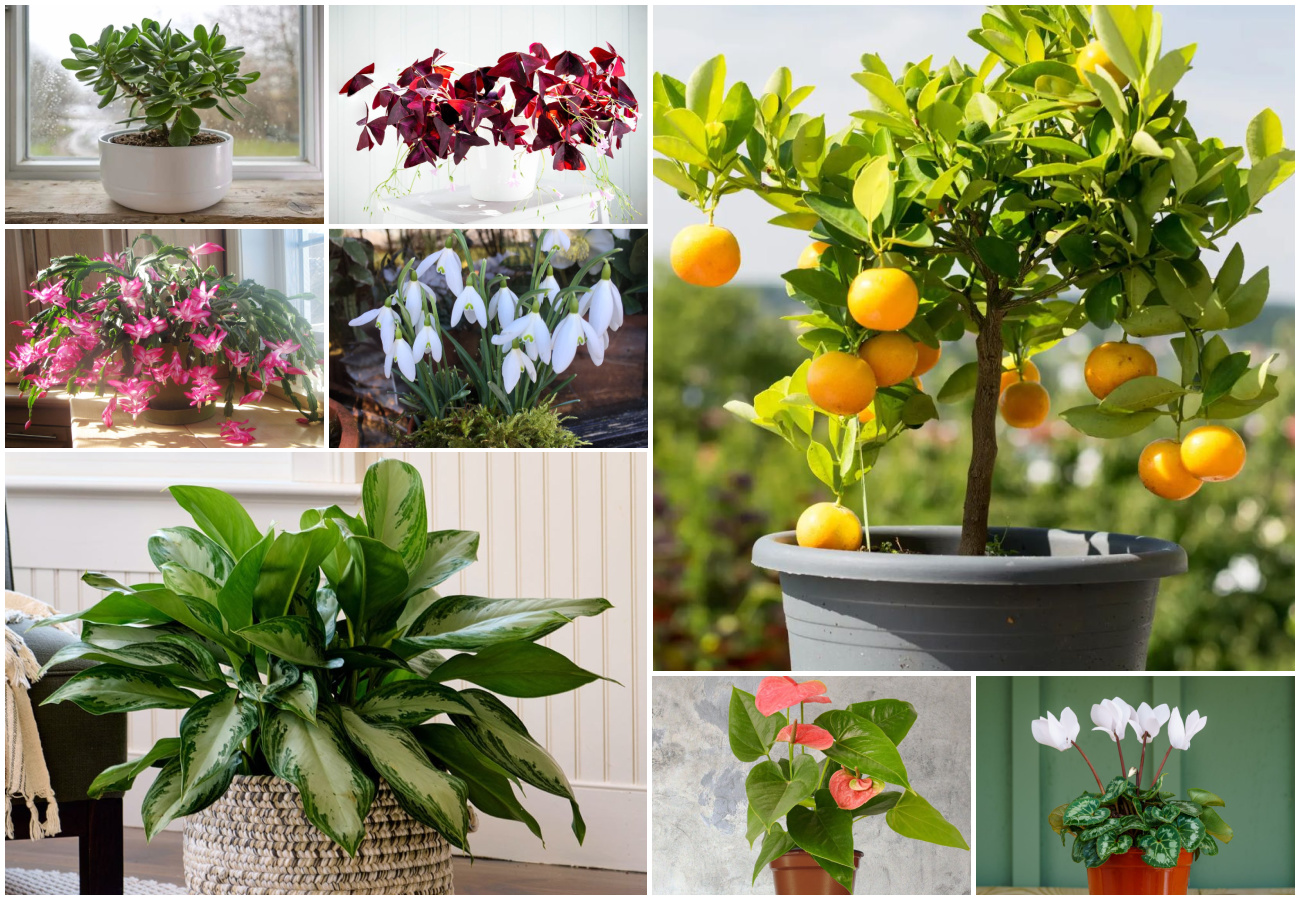The Australian Tree fern is a fast-growing plant native to Australia. While better suited as an outdoor plant, due to its tall growth, Cyathea cooperi can be grown as an indoor floor plant provided it is given plenty of space.
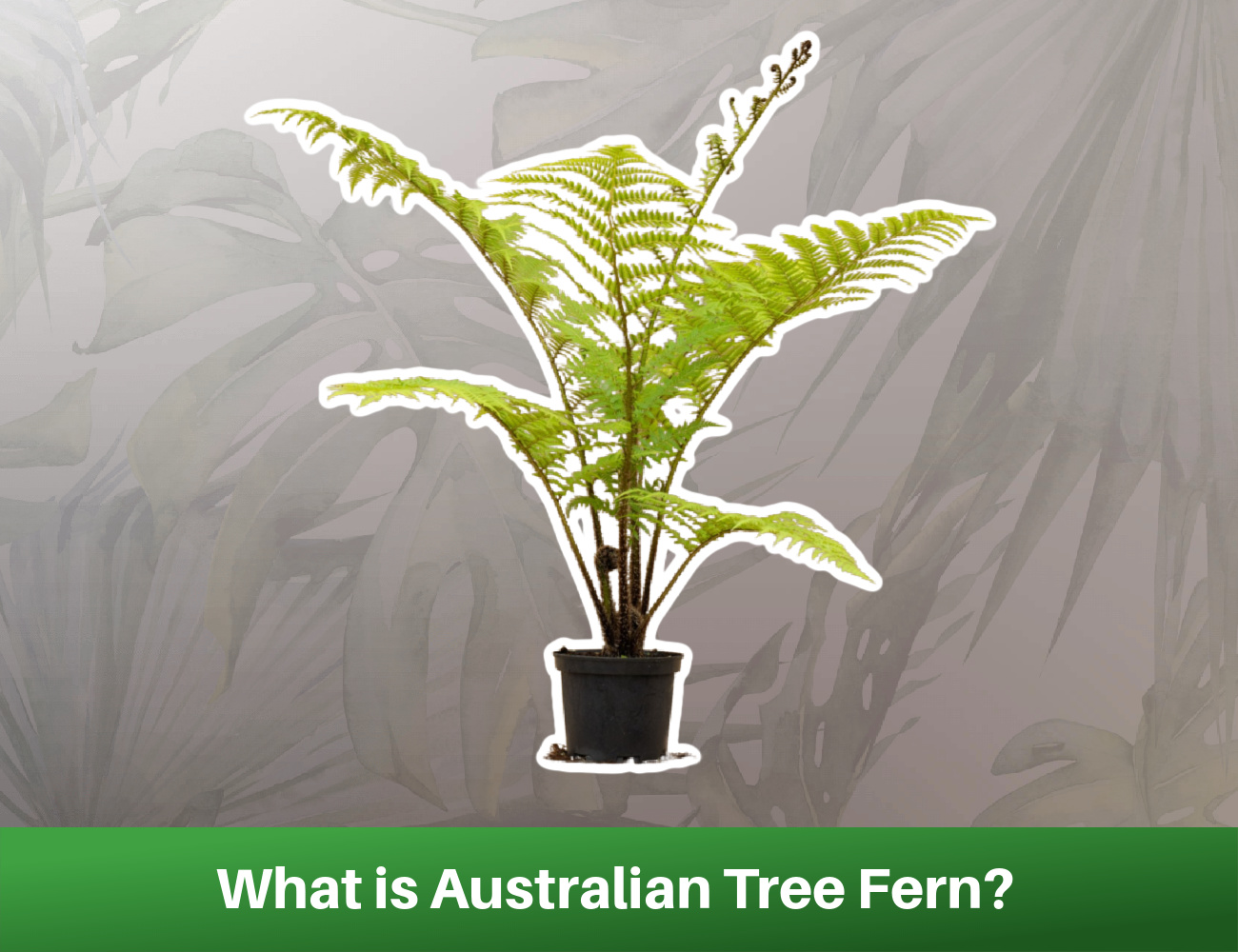
What is Australian Tree Fern?
Tree ferns are tree-like ferns found growing in tropical and sub-tropical regions around the world. Some can also be grown outside in milder and warmer temperate climate gardens. But in cooler parts of the world, some may be drawn to growing these indoors.
There are numerous tree ferns but those suited to cultivation in temperate climates are somewhat fewer in number. When people talk about Australian tree ferns, they are typically referring to either Cyathea cooperi or Dicksonia antarctica, as these two are the most used in gardens and sometimes indoors.
Cyathea cooperi is also known as Sphaeropteris cooperi, Cooper’s tree fern, lacy tree fern, and scaly tree fern. It is native to New South Wales and Queensland in Australia. It can be grown outdoors in USDA zones 8-10 but might also be grown indoors.
Dicksonia antarctica is also referred to as man fern or soft tree fern. It is an evergreen tree fern native to the eastern part of Australia, from southeast Queensland, NSW, and Victoria to Tasmania.
It is hardier and can be grown outdoors in milder temperate areas but, again, could also be grown indoors where enough space is available.
Both of these Australian tree ferns look similar, though the latter tends to have a slightly narrower crown. Both, however, have very similar requirements for placement and care.
Where to Grow Australian Tree Fern
To grow tree ferns indoors, you will need to think very carefully about where they can be placed. You will need to consider how tall the species will eventually grow (typically up to around 4-5m in height, 2-5m wide when grown in containers indoors) and make sure that enough space is available.
You might decide to keep these trees indoors for winter, or all year round, depending on where you live, the conditions to be found there, and the space available.
But be sure to think about what these tree ferns require when it comes to light, temperatures and humidity, and other environmental conditions.
Light Requirements
Tree ferns need to be protected from hot direct sunlight during the brightest part of the day, but can also appreciate bright conditions during cooler parts of the year with shorter daylight hours. They will do best in a bright location indoors, with indirect light.
Temperature & Humidity Requirements
These ferns both like moderately warm and humid conditions and will do best when provided with temperatures between around 18 and 26 degrees Celsius.
In winter, temperatures should not be allowed to drop below 10 degrees when growing under glass, though Dicksonia Antarctica is somewhat hardier and may cope with a light frost with some protection.
Both species need temperatures that remain fairly steady and do not cope well with sudden temperature fluctuations. So avoid placing them in cold draughts, or too close to heat sources in your home.
Humidity is also important and should be fairly high. Again, rapid changes are undesirable to try to keep humidity consistently high throughout the year wherever these tree ferns are grown.
Soil/ Growing Medium
The soil or growing medium in which tree ferns are grown should be moist yet free-draining, and rich in humus. Make sure that the medium you choose when growing these tree ferns in containers provides the conditions required and has a neutral to slightly acidic pH.
Planting Australian Tree Fern
Choosing a container for a tree fern means finding one that retains sufficient moisture while also allowing excess water to drain away freely from the base.
You might choose a plastic pot, but a glazed ceramic pot can be a more eco-friendly and sustainable choice. An unglazed terracotta or clay pot is not ideal because it loses moisture too quickly for these moisture-loving ferns.
Make sure that the pot is large enough to accommodate the existing specimen and also sturdy enough to support it and not blow or be tipped over too easily when it contains one of these tall plants.
Caring for Australian Tree Fern
Caring for Australian tree ferns is relatively easy. The main jobs to think about are watering and feeding, and, if you placed the tree outdoors in summer, bringing it back indoors before cold weather arrives once more.
Watering
To work out how often to water, the key thing to remember is that Australian tree ferns will need the soil to have consistent moisture but not be waterlogged at all times. Getting things right when it comes to watering is one of the most challenging aspects of indoor tree fern cultivation.
Watering, make sure you water the trunk at the base of the plant and do not directly water the crown. As if the crown remains wet for a time, it can begin to rot. If the soil seems dry to the touch then it is time to water once more. Just make sure excess water can drain away freely.
Feeding
Feed Australian tree ferns every month or so during the spring and summer growing season to promote healthy growth. Use an organic liquid plant feed such as a compost tea.
It is also a good idea to use organic mulch around the trunks at the base of the plants in containers, just as you would in the ground. As this slowly breaks down it replenishes nutrients in the large pot you have used.
Larger and more mature specimens may benefit from even more frequent feeding. They can be heavy feeders once they grow in size and may even be fed every couple of weeks throughout much of the year.
Repotting
These tree ferns grow rapidly. They can quickly outgrow smaller pots and need to be moved to a larger container.
Pot them annually into a larger pot, with a fresh growing medium within it until they reach the maximum size you can accommodate. Then stop repotting to stunt the growth of the tree somewhat, which can increase the length of time for which you can keep it indoors.
Australian Tree Fern FAQ
Repot your tree fern once a year to accommodate its growing size and refresh the soil. Once the fern has reached its mature size, stop repotting to control its size.
Remove dead or withered fronds to maintain the fern’s health.
Yes, the fern will grow outdoors in USDA zones 8 to 11.
While there is no evidence this particular fern is toxic, many fern species are, so precautions around pets and children should be taken.
The tree fern has the fastest growth rate of the fern family at up to three feet (0.9 meters) per year.

